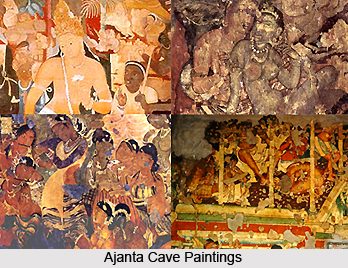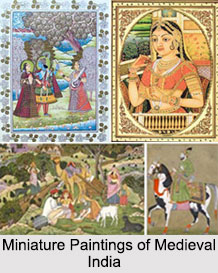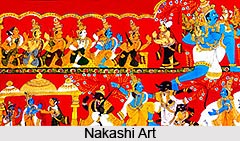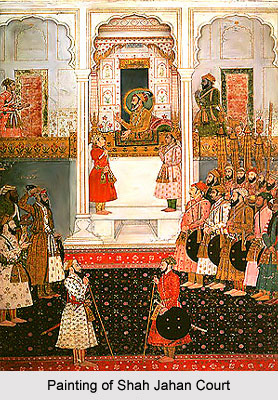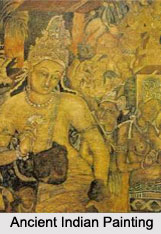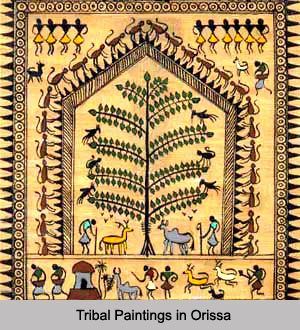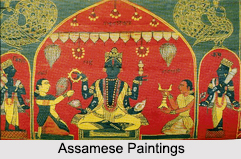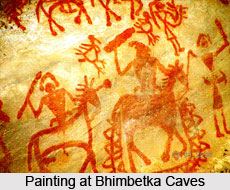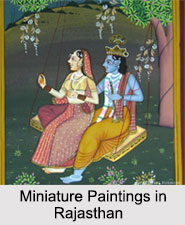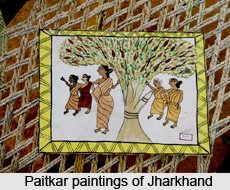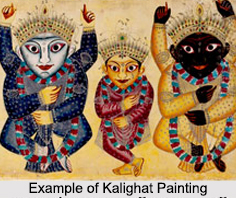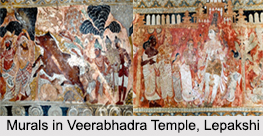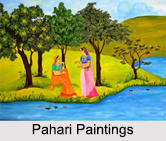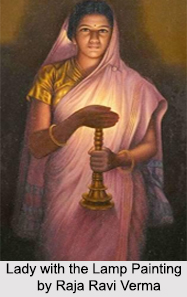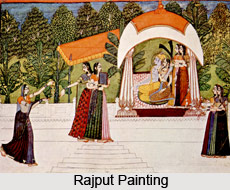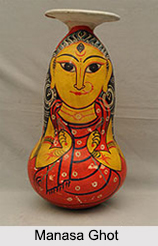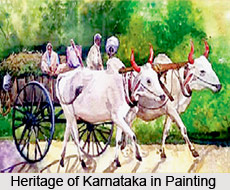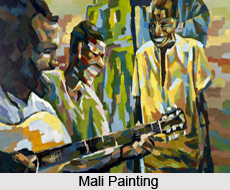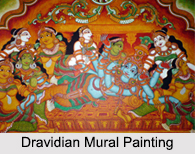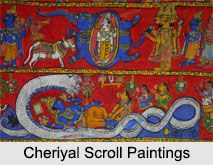 Paintings of Telangana cover the rural paintings of Nirmal, Deccani Painting, Vijayanagar Paintings, Cheriyal Scroll Paintings and the Mughal Paintings. These paintings of Telangana are the pride of the state. People from far off places come and visit this place to see the paintings in different museums of Telangana.
Paintings of Telangana cover the rural paintings of Nirmal, Deccani Painting, Vijayanagar Paintings, Cheriyal Scroll Paintings and the Mughal Paintings. These paintings of Telangana are the pride of the state. People from far off places come and visit this place to see the paintings in different museums of Telangana.
Telangana is developed with the art from the time of Chalukyas and then the Kakatiya and later the Vijaynagara rulers. During the time of Mughal era, the Mughal paintings came into South India and became popular till the time of Nizams of Hyderabad. While on the contrary, the rural paintings in Telangana and Andhra Pradesh began to turn down from the medieval era. Different NGOS and the self help organisations of both private and public sectors promote the Nirmal paintings, the one and only rural art of Telangana, a recently formed state in India with Hyderabad as its capital for 10 years.
Different types of Paintings of Telangana
Following are the different types of Paintings of Telangana:
Deccani Painting: Deccan is derived from Dakshina. Deccan region is a geographical term that refers to the plateau in South Central India ruled by Hindu kings, when the first Muslim sultanates of India were established in Delhi. Deccani painting is a style of miniature painting. This type of painting is flourished from the late 16th century among the Deccani sultanates in peninsular India. The style of Deccan region is a sensitive, highly included blend of original and foreign art forms. The lengthened figures are apparently related to Vijayanagar wall paintings, while the floral-sprigged backgrounds, high horizons and general use of landscape show Persian influence. The paintings of Deccan used colours, which are rich and luminous and much use is made of gold and white.
Cheriyal Scroll Paintings: These paintings are stylised explanations of "Nakashi art" which is an art form practised in Cheriyal district of Warangal in the Telangana region. They are used for storytelling and their subjects are drawn from myths and tradition like the Puranas and Epics. The format of these paintings is narrative like a film role or a comic strip. They were conventionally used by the story telling area known as "Kaki Padagollu". They are painted in vivid hues with red colour predominantly in the background.
Nirmal Paintings: Nirmal paintings and timber handicrafts bear the art and culture of Telangana. Nirmal paintings and wooden handicrafts are named after the town of Nirmal in Adilabad district of Telangana.
Mughal Painting: Mughal painting was basically a square art of Delhi. But it reached all over India due to the royal fame. It was developed under the patronage of the ruling Mughal emperors and began to decline when the rulers lost interest in the latter half of medieval era. The subjects treated were generally secular, consisting of illustrations to historical works and Persian and Indian literature, portraits of the emperor and his court, studies of natural life, and genre scenes. The school had its beginnings during the reign of the emperor Humayun, who invited two Persian artists to join him in India. From that time onwards the Mughal Painting gained importance in South Indian state where Hoysala, Vijaynagara and Chalukyas were foremost.
Vijaynagar Paintings: Vijaynagar Paintings gained popularity in the medieval era, when the medieval rulers of Vijaynagara ruled this region. The paintings of the Vijayanagar represent the great revival of Hindu religion and art in South India. During the Vijayanagar era, the wall paintings made a comeback. The best representation of these paintings can be seen in the Virabhadra temple at Lepakshi. Vijayanagar Paintings at Lepakshi are very decorative in style. In most of the Vijayanagar paintings, the human faces usually appear in the profile, figures stand with a slight slant with both feet pointing in the same direction. Some of these Vijayanagar paintings portray the scenes of wedding of Draupadi and Kiratarjunya. Few other pictures show Viruppanna and Viranna with their sons and guards. They are shown wearing long white fine clothes with a printed cloth round their waist. All these paintings are more expensive than any diamonds in the world.
